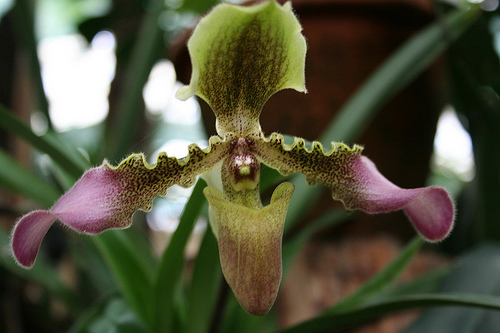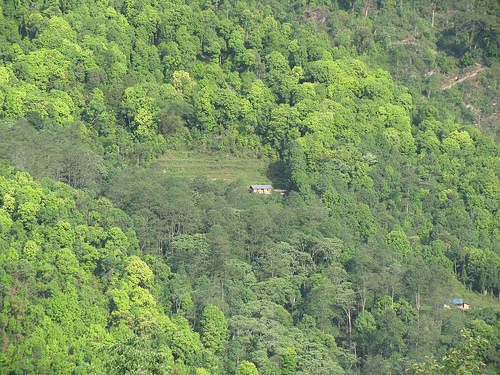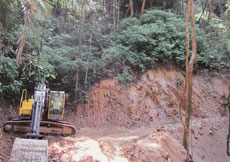PEOPLE FOR PLANET: Sikkim, has added yet another feather to its cap, this time green in colour. The second smallest and least populous state of India has emerged the foremost in green cover among the states. The forest cover has increased from 43.95 percent in 1993 to 47.34 percent in 2013; the only state to have achieved this.
According to satellite data about 3359 sq km of the state is swathed in green. This is what accounts for the 47.3 percent of the state geographical area, which is more than double the national average of 21 percent.
Classifying the forest cover in terms of density, there is,
- 500 sq km of very dense forest
- 2161 sq km of moderately dense forest
- 698 sq km of open forests.
In terms of percentage, the forest area in the state under very dense forest is 7.05 per cent as against the national average of 2.54 per cent; under moderate dense forest is 30.45 as compared to the national average of 9.76 percent and under open forest in Sikkim is 9.84 per cent while the national average is 8.73 percent.
The approximate tree cover in the state other than forest cover is 25 sq km which accounts for 0.35 percent of the geographical area of Sikkim.
Thus, while most other states of the country have consistently reduced green cover under the guise of infrastructure and other development needs, the state of Sikkim has set an example by increasing forest cover in the last decade.
Green Initiatives
Lot of credit for the state’s visible green cover, goes to the government and the chief minister’s pro active role in maintaining and enhancing the state’s forested area.

Sikkim has 5,841 sq km of total recorded forest area in its total geographical area of 7,096 sq km. Thus 82.31 per cent of the state is forests as compared to the national level of merely, 23.41 per cent recorded forest area.
But the state government is not stopping at this. Rs 31 crores has been allocated in the 12th five year plan (2012-17) by the Sikkim government to bring an additional 10,000 hectares (100sq.km) land under verdant forest cover during that tenure. In order to do so, several protection and conservation programmes such as Sikkim green mission, Smriti Vans and Ten Minutes to Earth have been launched by the State.
Under the “Ten Minutes to Earth” mission launched in 2009, 6,10,694 saplings were planted throughout the state in ten minutes, creating a new world plantation record. This greenery has helped in the sequestration of 1400 tonnes of carbon dioxide annually. Now, every year, on June 25, ten minutes are dedicated to a mass plantation drive.
The state has another distinction—that of minimum diversion of 800 hectares of forest land for non-forestry purposes in the last 20 years.

Thus far around Rs 10 crore has been spent by the Sikkim government on the green mission. Around 45 lakh indigenous trees, shrubs, herbs, climbers, creepers, conifers and green foliage including fruits and medicinal plants have been planted under this green mission.
This environment-friendly state of North-eastern India is veritably a store-house of genetic diversity as well as a role model for all other states, blinded by economical development at the cost of ecology.
More Related stories,
Himalayan Bird to Get Advanced Breeding Centre
WWF-India Captures Rare Photo of Red Panda
Image courtesy cc/Flickr by Shankar S, Snap, Pradeep Kumbhashi






Nice read!!!
Congratulations to Sikkim. The rest of India needs to follow suit.
Exactly. Greener India is the need of the hour.
Way to go Sikkim!Rest of India needs this badly too!!!
Well said Shilpi. Sikkim is an example to follow for everyone.
proud to be sikkimese……….I <3 Sikkim
Good to know you are from Sikkim. Yes, the state makes us all proud for being so eco-friendly.